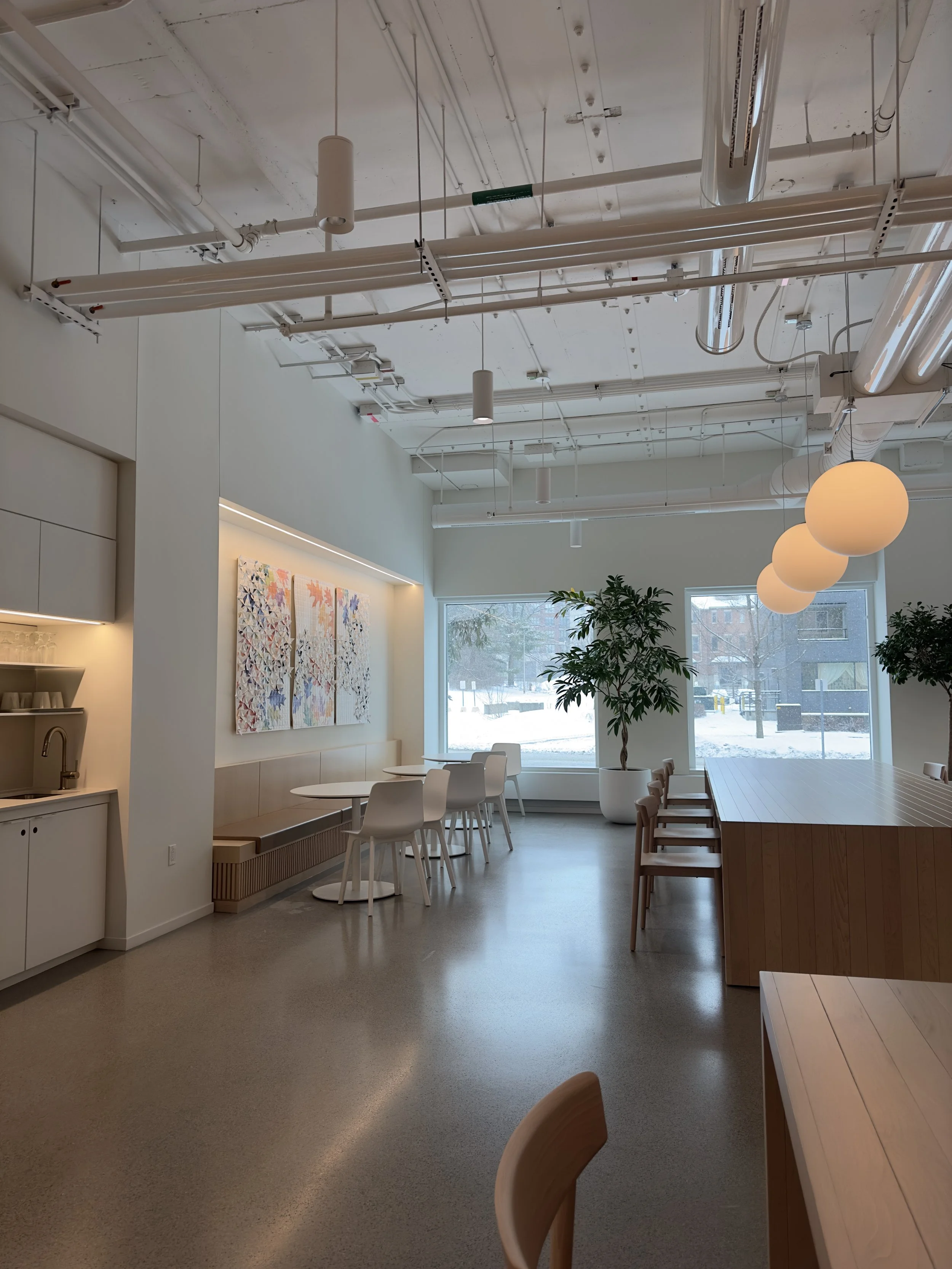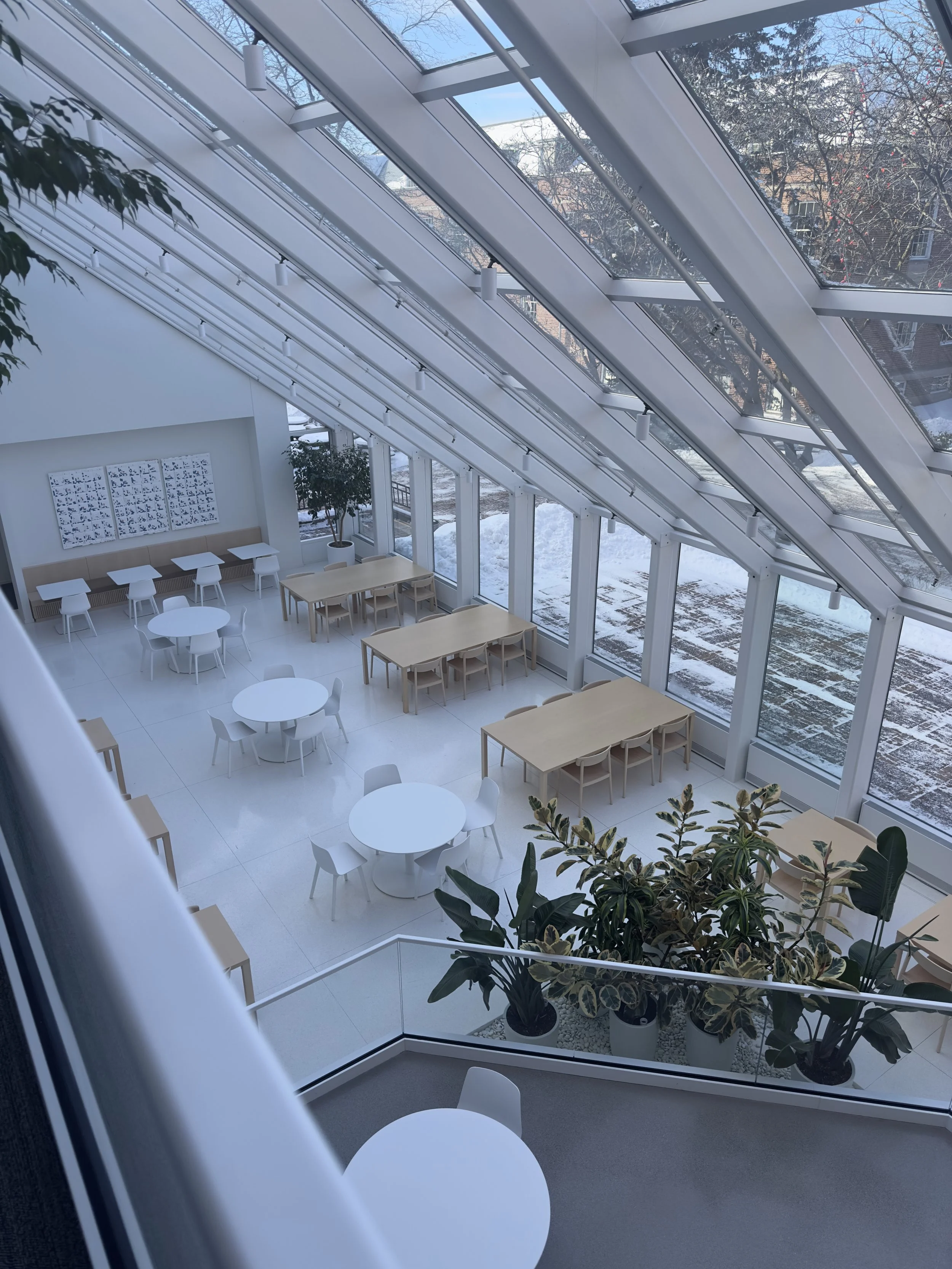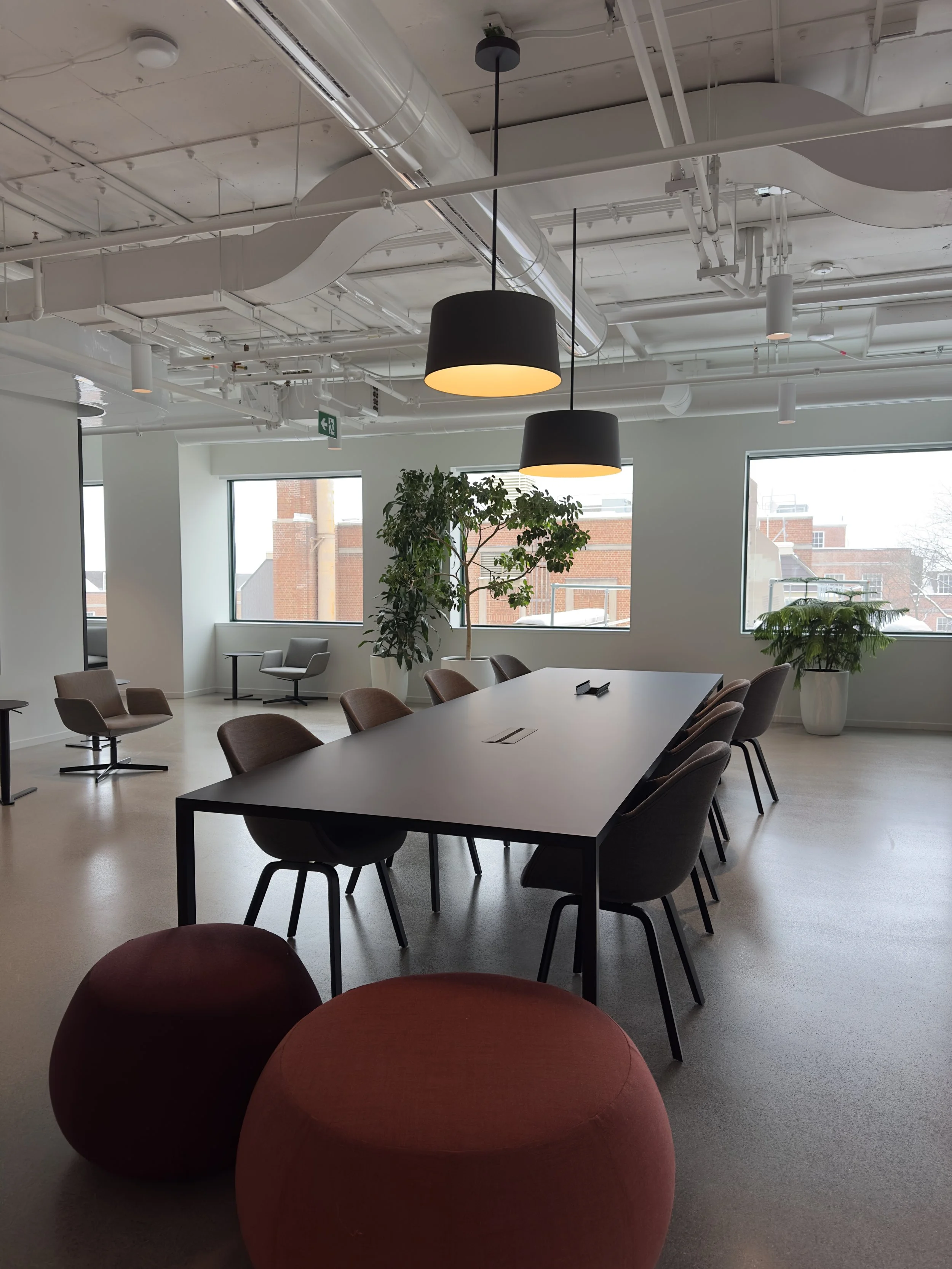CMHC
Lender Portal Modernization
Type
Enterprise Web Portal
Team
Design lead, 4 Developers + Offshore Team, 3 Business Analysts, 1 Project Manager and Project Lead
Client
Canada Mortgage and Housing Corporation (CMHC)
Role
Product Designer (Individual Contributor)
Duration
6 Weeks (January to March)
Tools
Figma
Project Overview
CMHC’s Multi-Unit Mortgage Loan Insurance (MU MLI) program helps financial institutions secure insurance on multi-unit properties. For years, the process was highly manual: lenders emailed in applications and documents, CMHC staff manually re-entered data into their underwriting system, and certificates of insurance were issued back via email.
This created delays, risk of errors, and no transparency for lenders once their applications disappeared into CMHC’s systems. Approved lenders needed a centralized portal to submit, track, and manage their applications — reducing manual inputs and creating a clear line of sight into the underwriting process.
CMHC partnered with us to design and deliver a multi-year modernization, with Phase 3 focused on digitizing some of the most critical features for lenders and underwriters.
The Challenge
Phase 3 introduced three major features that would fundamentally change the lender experience:
Requests: allowing both general requests and application-specific requests to be submitted and tracked.
Documentation Requirements: streamlining how lenders upload and submit documents tied to an application.
Application Summary, Legal Attestation & Submission: giving lenders a transparent view of their application before formally signing off and submitting.
On paper, the outcomes were clear: reduce turnaround times, improve data integrity, and give lenders real-time visibility into the status of their applications. In practice, the project had a 6-week timeline, BA-driven requirements, and a need for accessible, pixel-perfect designs that developers could immediately implement.
Application Summary, Legal Attestation & Submission → Provided a transparent, easy-to-review view of each application before lenders signed off and submitted. This improved accuracy and confidence in every transaction.
The Solution: Building the Lender Experience
Phase 3 focused on transforming the lender experience through three new, high-impact features designed to streamline communication, document submission, and final application review. Together, these features simplified workflows, improved data integrity, and gave lenders real-time visibility into the status of their applications.
Requests → Enabled lenders to submit and track both general and application-specific requests directly in the portal, replacing disconnected email exchanges.
Documentation Requirements → Created a centralized space for lenders to upload, review, and submit all required documents tied to their applications.
My Role
I acted as the primary designer for Phase 3, co-owning the design with my lead. My responsibilities included:
Workshops & Discovery: Collaborating with BAs and stakeholders in Ottawa during in-person workshops to unpack requirements, create high-fidelity designs, and validate direction.
Design Execution: Creating 50+ wireframes and high-fidelity screens for all three features, moving from grayscale concepts to polished, annotated designs.
Accessibility & Annotations: Documenting tabbing order, reading order, interactions, and technical details to ensure designs were fully accessible and developer-ready.
Design System Integration: Applying CMHC’s design system, adapting spacing and components where needed, and aligning continuously with the design system team.
Stakeholder Collaboration: Presenting designs three times per week to BAs, developers, and CMHC stakeholders, incorporating feedback in real-time while advocating for user-centred design in a BA-heavy environment.
Scenes from CMHC’s Ottawa office during our in-person collaboration week.
Outcomes & Impact
Delivered 50+ annotated screens across three brand-new portal features.
Supported developer handoff with detailed annotations for accessibility, interactions, and technical readiness.
Reduced manual workflows by centralizing requests and documentation in the portal.
Enhanced lender experience with clear, reviewable pre-submission summaries and legal attestation flows.
Set the foundation for future phases of the portal modernization, aligning business, IT, and design system requirements.
Reflections
Phase 3 was a crash course in being a hands-on, fluid designer. I learned to advocate for design thinking in a BA-driven environment while staying adaptable under pressure. Presenting in person post-COVID strengthened my ability to defend design decisions, embrace feedback in real-time, and make live design changes during client sessions. The tight timelines enhanced my visual design skills and attention to detail, pushing me to deliver accessible, developer-ready designs with clarity and confidence
Note: Due to a non-disclosure agreement, I’m unable to share the full details of the project or internal design process. However, I’d be happy to discuss my design approach, key takeaways, and outcomes in person.






